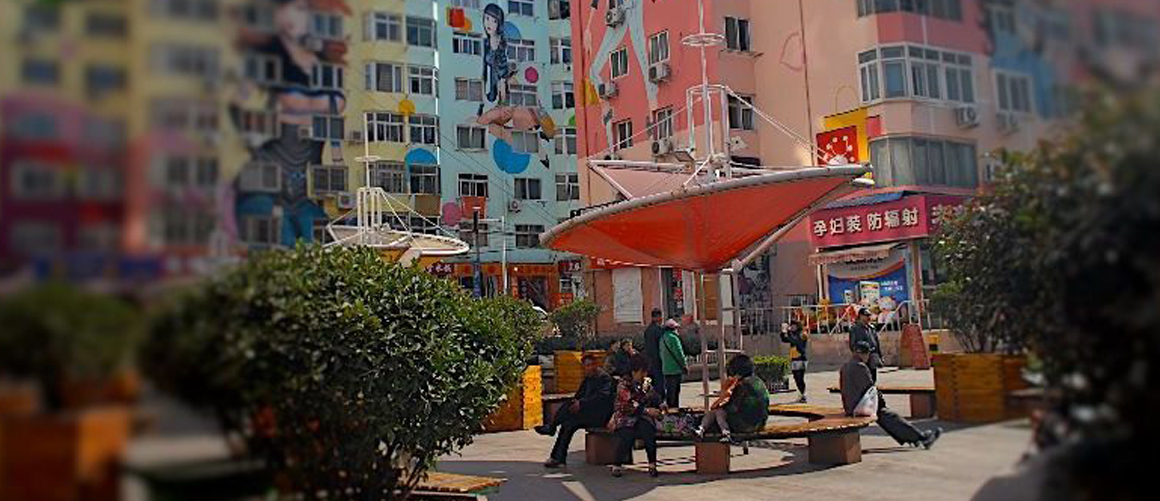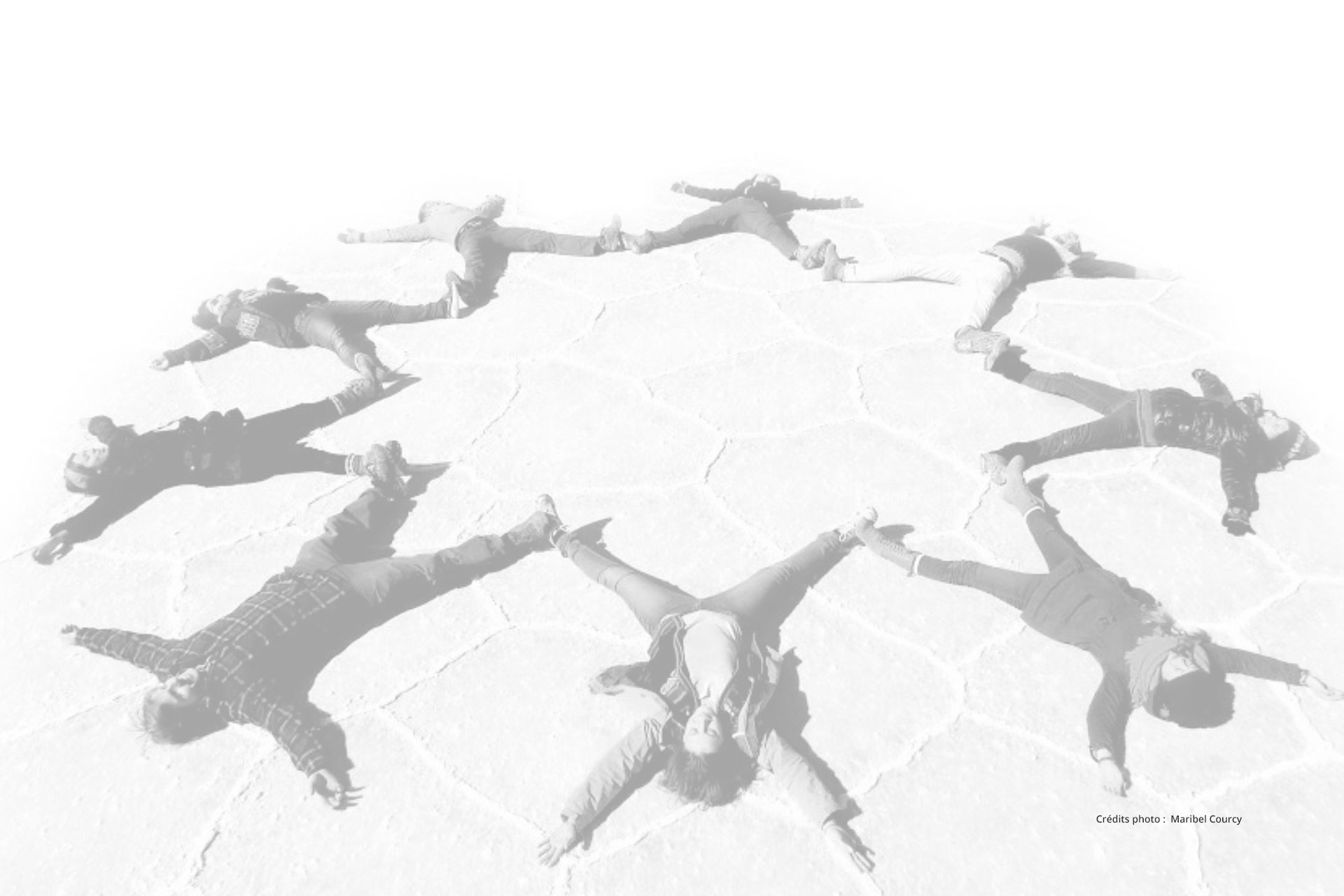An international university

International
The Université de Montréal is consistently rated as one of the worlds’ top universities, in major international rankings like the Times Higher Education and QS World University rankings.
Global outlook

The Université de Montréal recruits top professors both locally and abroad. This intellectual and cultural diversity creates a highly stimulating environment for our students, including a growing number of international students.
Our campus is also home to international organizations like the Agence universitaire de la Francophonie and the UNESCO Institute for Statistics.
The world is our classroom
The some 600 agreements between the Université de Montréal and institutions of higher education in 65 countries give our students plenty of opportunities to collaborate with their peers around the world and to study abroad.
Citations and honours
Our academic researchers and student researchers are quoted in the world’s leading newspapers and cited in scientific journals. They also bring home prestigious international distinctions and awards – more evidence of the University’s tradition of excellence.

Recognized worldwide
Our alumni will tell you that accreditation by international organizations opens the doors to global careers. The School of Library and Information Sciences program, for example, is recognized by the American Library Association, and the Faculty of Veterinary Medicine enjoys full accreditation from the American Veterinary Medical Association.
Studying the world
There are close to 30 international study and research groups and centres on the UdeM campus. Many of them are connected to the Montreal Centre for International Studies (CERIUM), which specializes in international issues.
Cities and landscapes from around the globe
The Université de Montréal UNESCO Chair in Landscape and Environmental Design, attached to the Faculty of Environmental Design, focuses on preserving, showcasing and developing urban landscapes in different parts of the world. It supports communities looking to highlight their cities’ identities and solve environmental, social and economic problems.

